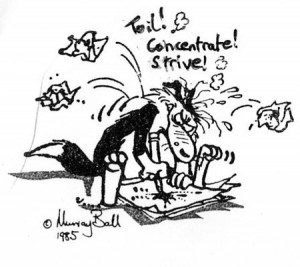Having decided on your topic the next challenge is researching the science around that topic and collating the information you need to get across your key message(s) or theme about your topic.
There’s so much information out there it can be overwhelming. Even more so in these days of `false facts’ and `fake news’.
What’s the agreed knowledge, what’s new, what’s controversial?
So I thought I’d highlight a few post from previous years that may help you as you dive into the research phase of your science communication projects.
July Science Talks: Knowing your Material
How to evaluate websites
https://blogs.otago.ac.nz/ouassa/files/2017/05/How_to_Evaluate_Websites.pdf
Online Literacy E-learning module
http://oil.otago.ac.nz/oil/module7/Welcome.html
As you are researching, one approach is to sort the information you think is relevant to your project around the 5 key questions: what?, where?, when? why? and how?
That will help you when you start pulling the first draft together.
Finally, when it comes to conveying a difficult science concept to a public audience never underestimate the value of the children’s section of the library.
If you are looking for a good graphic to illustrate, for example how DNA replication works, or nuclear fission vs fusion, those found in books aimed at young readers will not only be more easily understood by non-scientists, they will be more attractive and engaging when presented on screen, rather than an overly complicated diagram from a university level text. ( Don’t forget to credit any image you use).
While it might seem daunting at first, delving into the research phase of any science communication can be fun and exciting as you set off on a treasure hunt for relevant information on your chosen topic – a topic that you are already passionate about!





Recent Comments